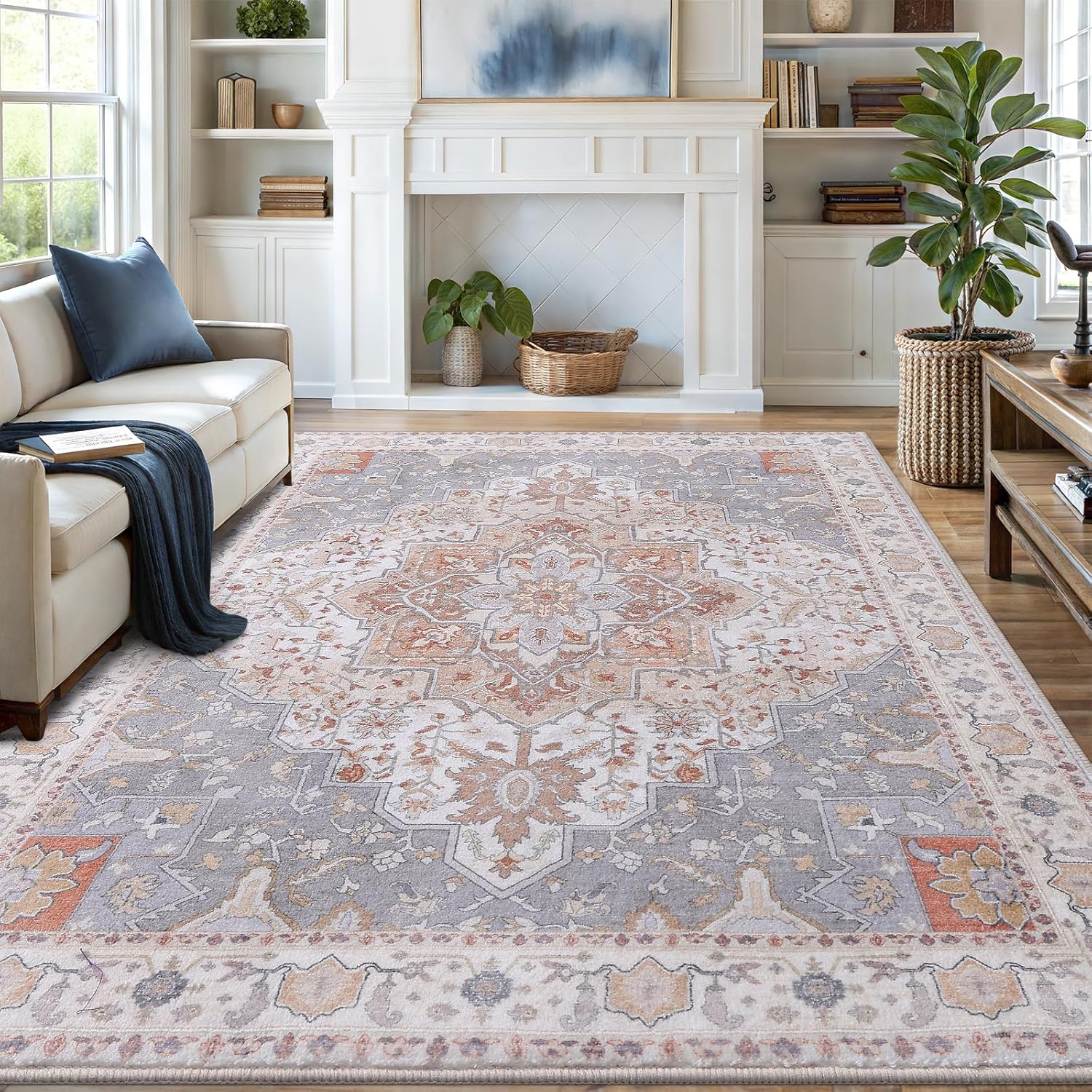To remove sticky residue from vinyl flooring, use a mixture of warm water and vinegar, applying it with a soft cloth to gently scrub the area clean.
Sticky residue on vinyl flooring can be frustrating. Whether it’s from glue, tape, or spilled products, removing it requires the right approach. This guide covers safe, effective methods to restore your floors without damage.

Why Vinyl Flooring Gets Sticky Residue
Vinyl flooring attracts sticky substances for several reasons:
- Adhesive from old flooring installations
- Construction glue or tape residue
- Spilled food or drink syrups
- Cleaning product buildup
- Pet accidents that weren’t fully cleaned
The good news? Most residues come off with proper techniques. For tough jobs, check out our deep cleaning methods that work on vinyl too.

Tools You’ll Need
| Basic Tools | Advanced Options |
|---|---|
| Soft microfiber cloths | Plastic putty knife |
| Mild dish soap | Commercial adhesive remover |
| Warm water | Rubbing alcohol |
| White vinegar | Acetone (nail polish remover) |
Step-by-Step Removal Methods
Method 1: Basic Cleaning for Fresh Residue
- Mix 1 gallon warm water with 1/4 cup white vinegar
- Dip microfiber cloth in solution and wring out
- Gently rub affected area in circular motions
- Rinse with clean water and dry immediately
Method 2: Alcohol for Dried-On Residue
Rubbing alcohol works well for tougher jobs:
- Test on inconspicuous area first
- Apply small amount to cloth (not directly on floor)
- Let sit 30 seconds to soften residue
- Gently rub until residue lifts
- Wipe clean with damp cloth
Method 3: Commercial Adhesive Removers
For construction adhesives or super glue:
- Choose a vinyl-safe product like Goo Gone
- Follow manufacturer instructions carefully
- Work in small sections
- Rinse thoroughly after use
Special Considerations
Luxury Vinyl Plank (LVP) Floors
LVP requires extra care. Avoid harsh chemicals that could damage the protective wear layer. The techniques for engineered wood often work well for LVP too.
Preventing Future Residue
- Clean spills immediately
- Use felt pads under furniture
- Avoid wax-based cleaners
- Choose vinyl-safe adhesives for projects
When to Call Professionals
Consider professional help if:
- Residue covers large areas
- Floor finish appears damaged
- DIY methods aren’t working
- You’re dealing with industrial adhesives
For more cleaning tips, see our guide on removing sticky substances from various surfaces.

